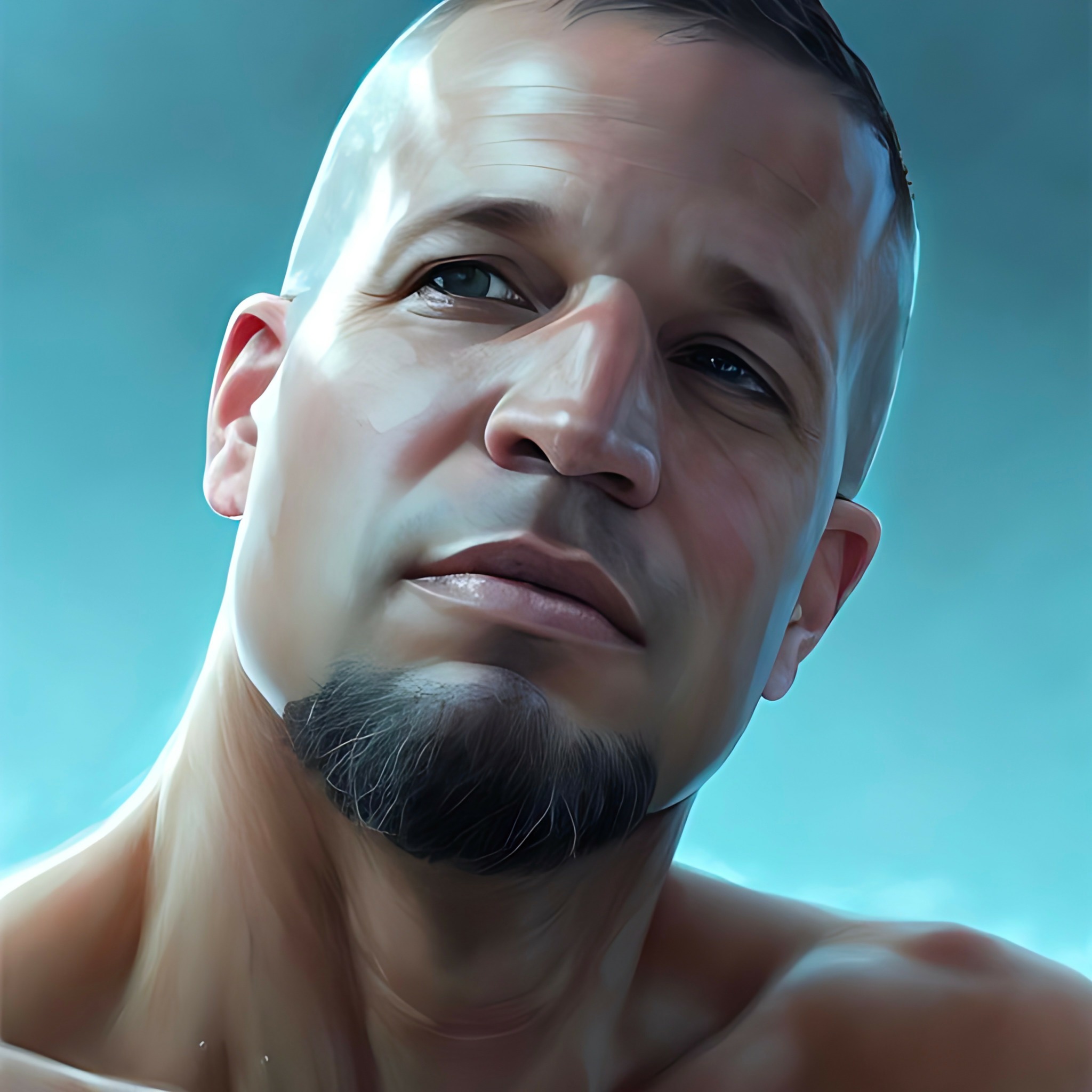We’re excited to introduce you to the always interesting and insightful Matthias Hollwich. We hope you’ll enjoy our conversation with Matthias below.
Alright, Matthias thanks for taking the time to share your stories and insights with us today. Can you talk to us about a risk you’ve taken – walk us through the story?
In the fall of 2022, I had dinner with some tech friends from Google, Meta, and Apple, and we began experimenting with DALL-E. It was mind-blowing to see how AI on a phone could generate unique visuals. Six months later, after trying out all kinds of AI tools, I gathered our firm’s staff with my partners to announce a bold, three-month AI experiment: every process in the office would explore how AI might be integrated. As an architectural firm, we saw enormous potential but also recognized the risks. The energy and curiosity in the office were palpable, and everyone participated fully.
After those initial three months, we continued forward without stepping back. Now, 24 months after those first “AI play” moments, we’ve discovered new ways to design buildings with an inherent logic and creative input that was previously unimaginable. For example, we’re using personalities as a foundational basis for design, and this approach has led to a new wave of commissions for our forward-thinking methodology. We were also honored to be selected as one of the 10 most innovative architectural firms globally, a testament to how a risky move can transform into a story of significant business evolution.
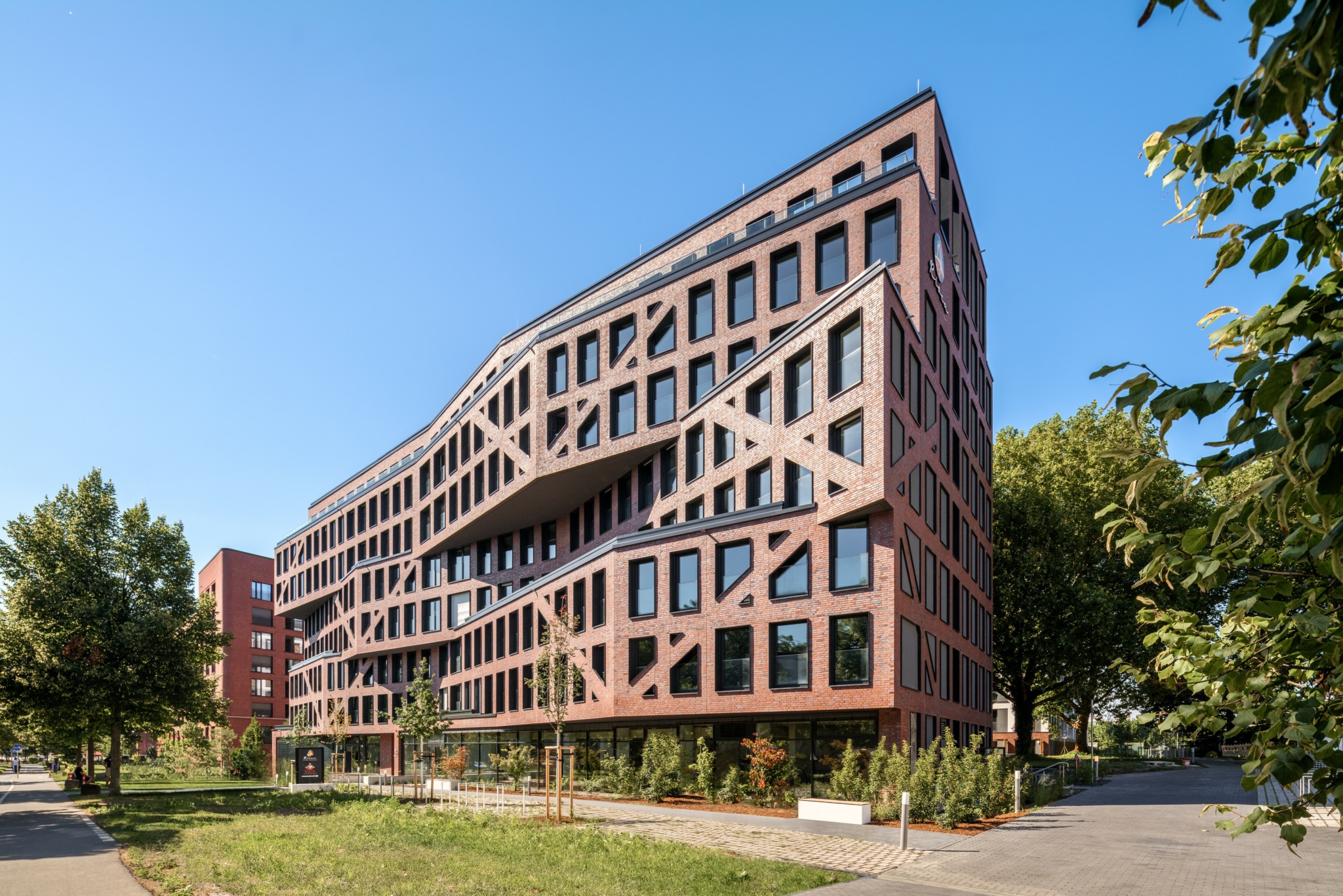

Awesome – so before we get into the rest of our questions, can you briefly introduce yourself to our readers.
Reaching this point in my career with HWKN Architecture has been the result of supportive mentors, boundless energy and endurance, and a curiosity rooted in my family. I was born and raised in Germany and studied architecture at a very technically focused school. A pivotal moment came when I joined a summer school program—which I had to creatively “trick” myself into—and ended up working alongside architectural legend Ricardo Scofidio. That experience changed everything; he invited me for an internship in New York, opening a new world of architectural possibilities.
After completing my studies, I had the opportunity to work with some of the industry’s most influential firms, including Peter Eisenman, and Rem Koolhaas. I found myself in an incredible peer group that included Bjarke Ingels, Joshua Ramus (also my roommate), Fernando Romero, and many of today’s most creative architects. Following a period working in Asia, I was invited to teach at ETH Zurich and later at the University of Pennsylvania. During this time, a friend and I entered competitions together, which eventually led us to start HWKN Architecture.
Initially, we focused on interior renovations and brand installations and co-founded Architizer, a social media platform for architects. After a challenging period when my former business partner left both firms, HWKN found its true purpose: becoming a boutique architectural innovation firm with collaborative partners in Miami, DC, New York, Berlin, Munich, Dubai, and Riyadh. This evolution has allowed us to embrace a global, forward-thinking approach to design, cementing our place in today’s dynamic architectural landscape.
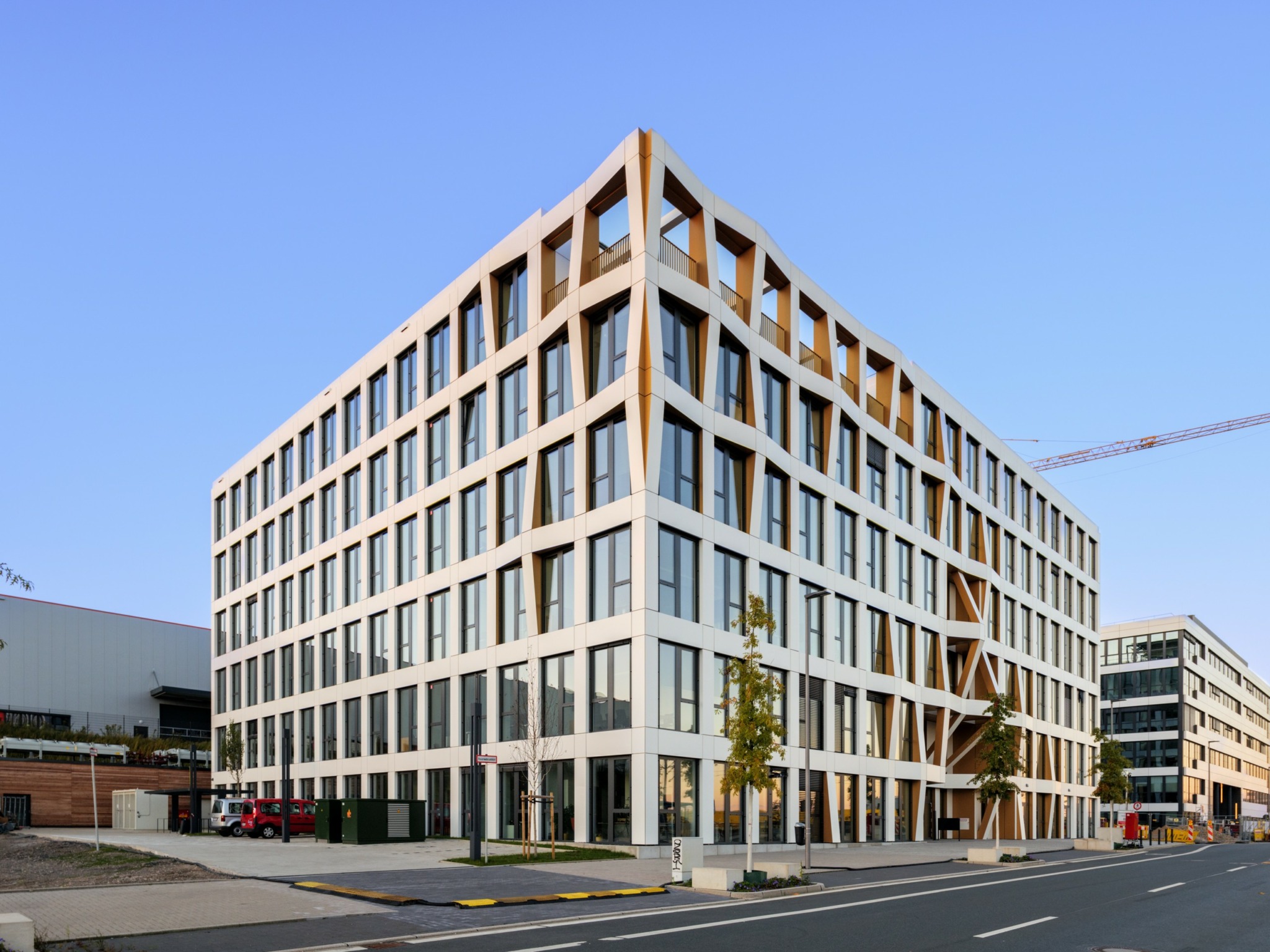
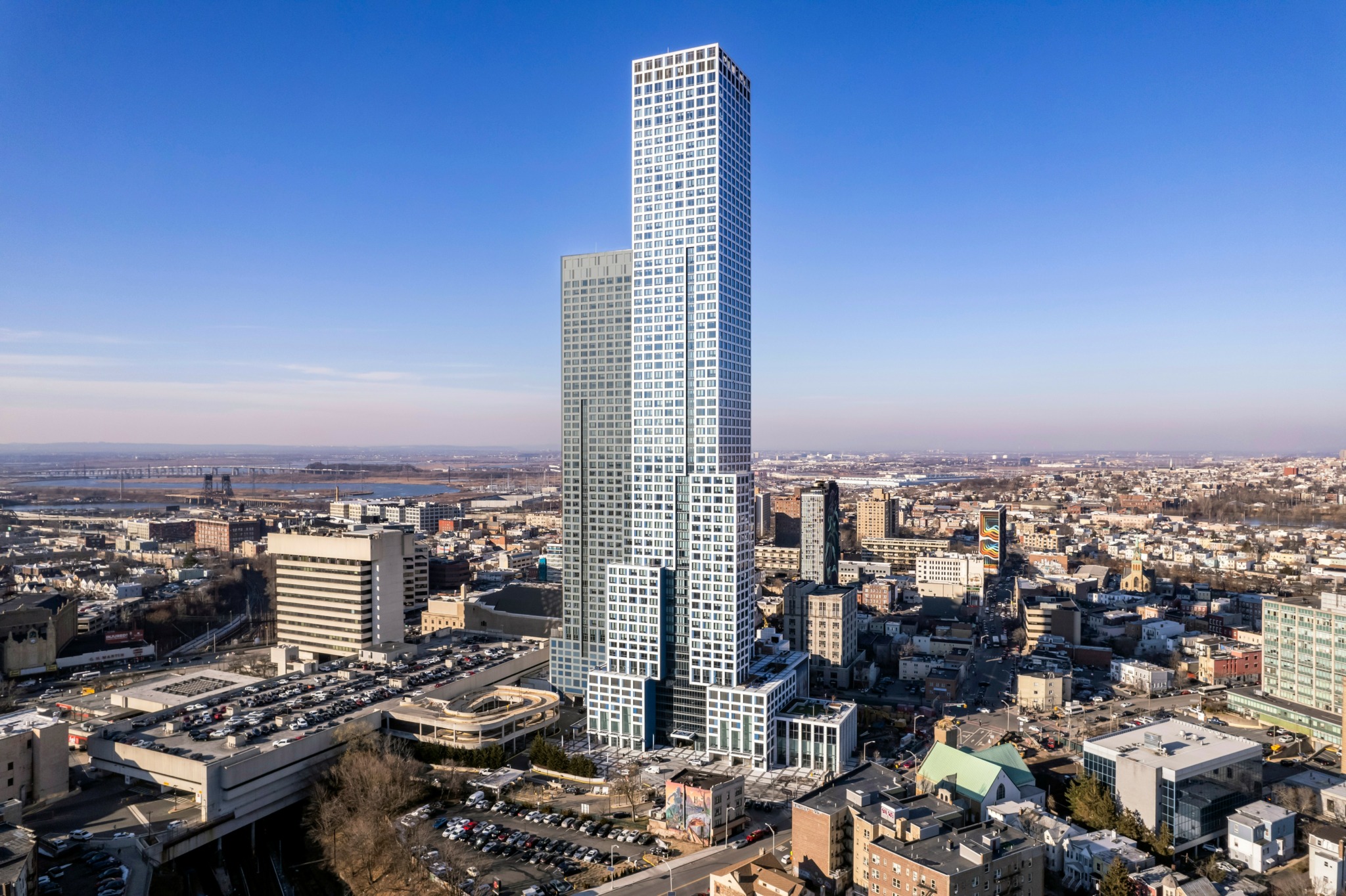
What’s a lesson you had to unlearn and what’s the backstory?
In architecture, you’re typically educated to become either a creative visionary or a technical expert. Both skill sets are crucial, but the true art lies in connecting them—and in embracing a third element that’s rarely taught: the ability to listen. Listening to clients, city planners, neighbors, banks, and the many other stakeholders involved in a project is essential to creating meaningful architecture.
For me, a pivotal lesson was unlearning the idea that design alone is the priority. Architecture is also about understanding and integrating diverse forces and perspectives into a cohesive vision. Every project is unique, and each country has its own rules, regulations, and sentiments about architecture. Recognizing and responding to these complexities has been fundamental to my approach, allowing for designs that resonate locally while remaining innovative and forward-looking.
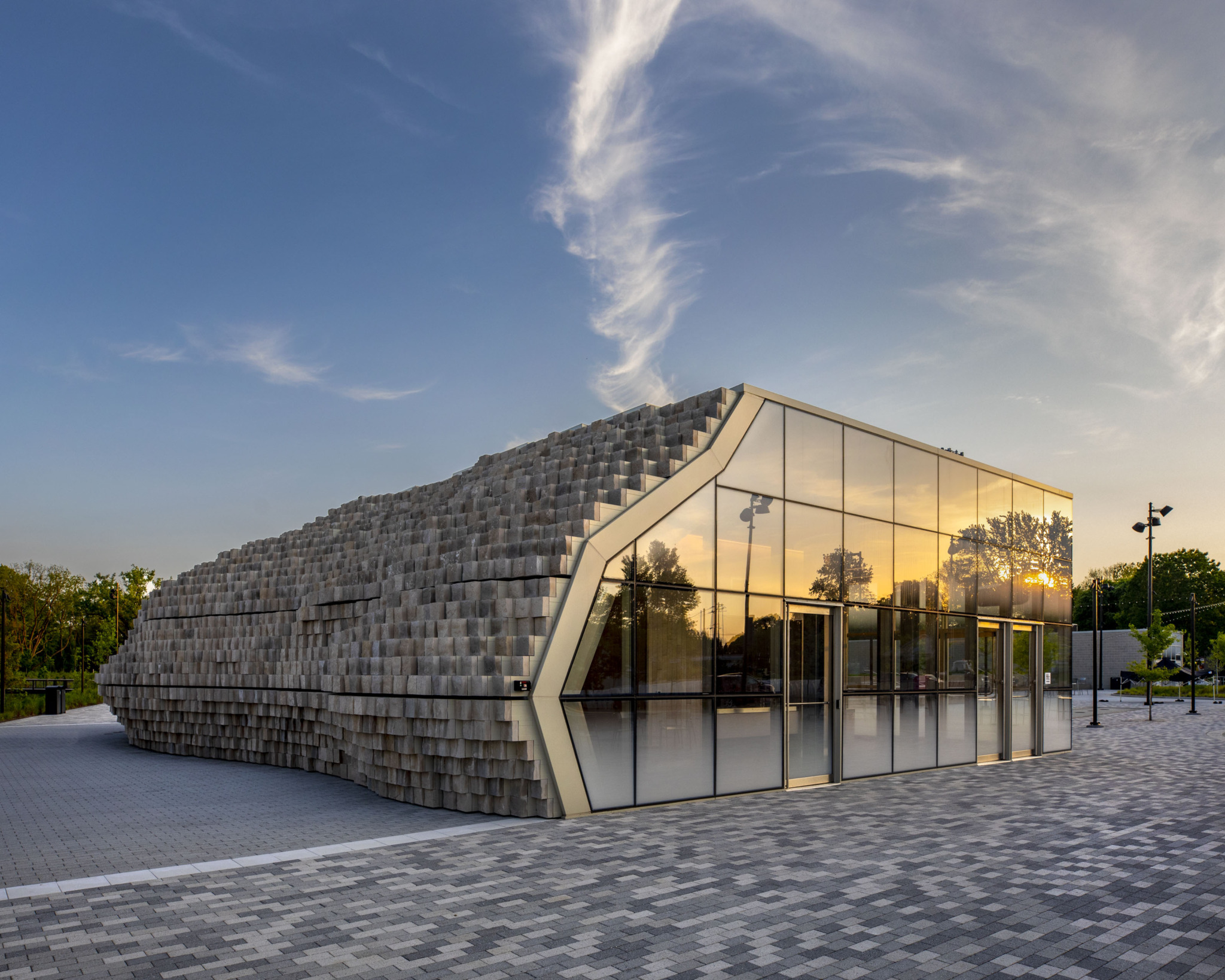
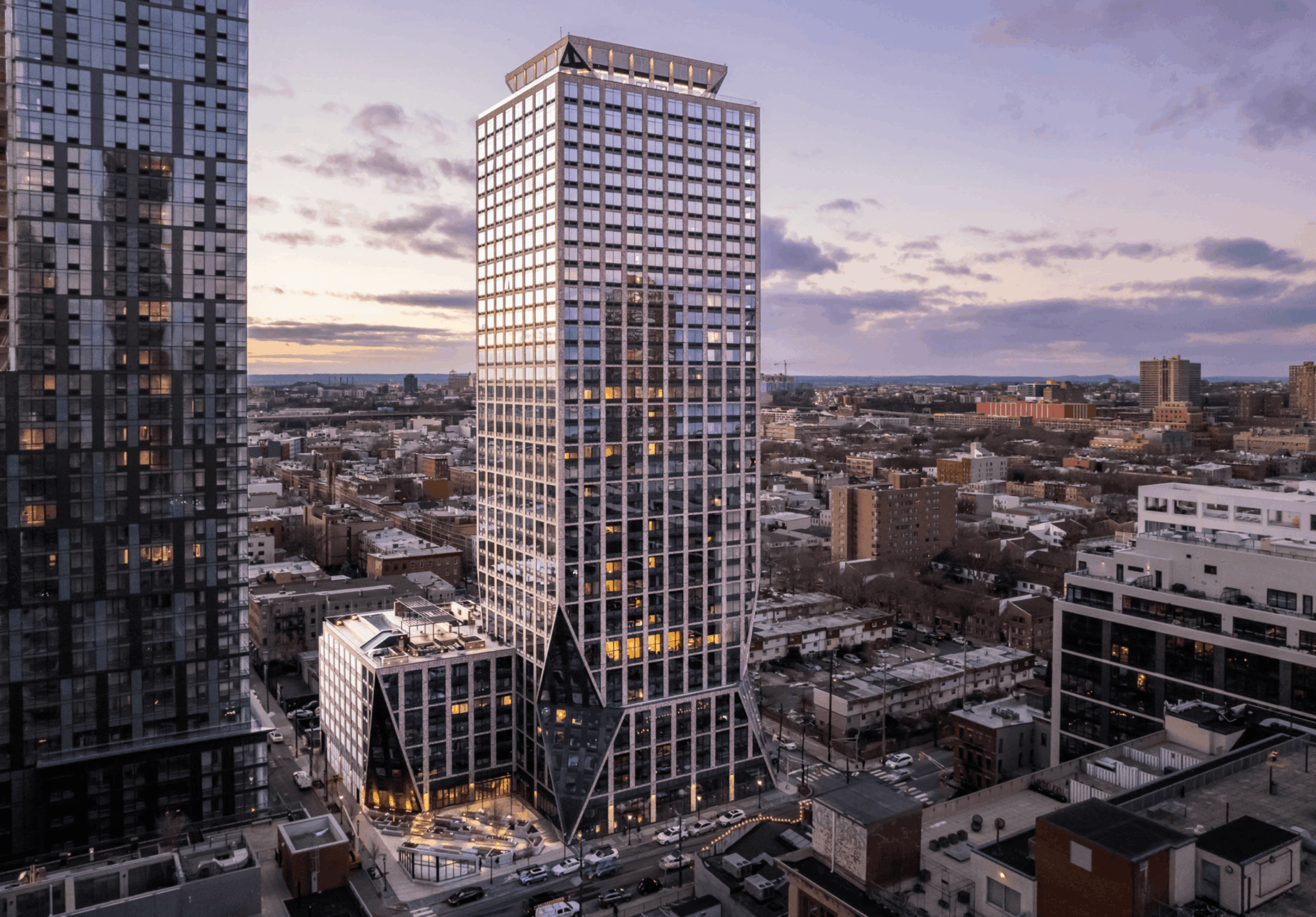
How about pivoting – can you share the story of a time you’ve had to pivot?
The most pivotal moment in our firm’s history has been the integration of AI into our creative process. Just three years ago, I often thought about how disruptive forces like automation and rationalization could transform various industries and how challenging that transition must be for many. Architecture, however, felt steady and uniquely positioned, combining creativity with the concrete reality of building.
Then AI entered the scene, offering a creative tool to everyone and democratizing the design process. Initially, this could have posed a significant threat, but through a deliberate re-tooling process, we’ve harnessed this new layer of creativity to elevate our work in ways previously unimaginable. AI is still in its early stages in terms of relevance and application in architecture, but we now see ourselves as active participants in this evolution rather than passive observers.
Contact Info:
- Website: https://www.hwkn.com
- Instagram: @hwkn_architecture
- Linkedin: https://www.linkedin.com/company/hwkn-dpc
- Twitter: @HWKN_arch


Image Credits
HWKN Architecture


